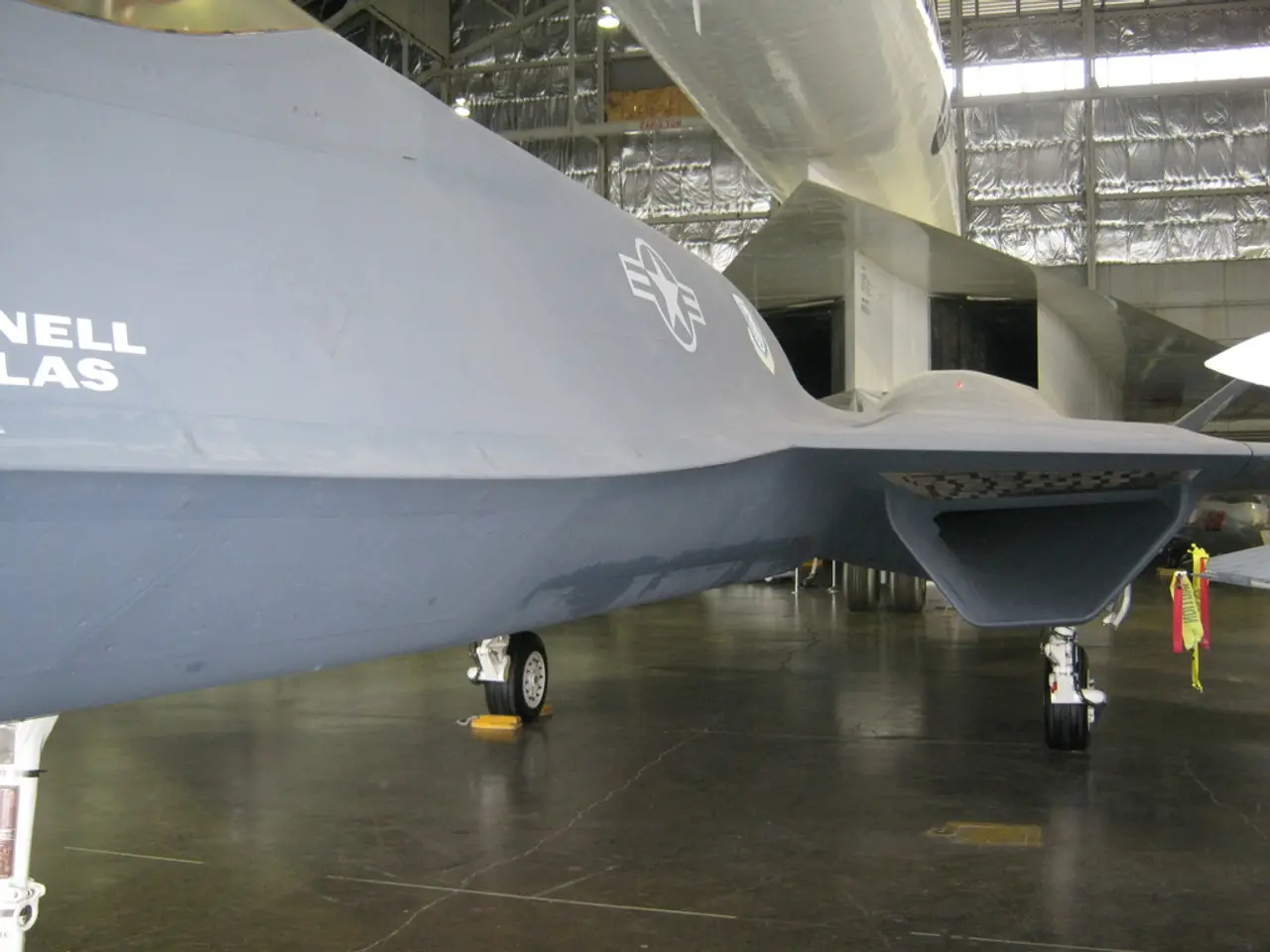Investigation Begins: Deadly Crash in Washington Involving Helicopter and Aircraft
The investigative hearings into the tragic midair collision between an American Airlines regional jet and a U.S. Army Black Hawk helicopter over Washington in January have shed light on the events leading up to the deadly accident. The collision, which claimed the lives of 67 people, marked the deadliest U.S. plane crash since November 2001.
FAA Administrator Bryan Bedford expects these hearings to involve "uncomfortable conversations," as the National Transportation Safety Board (NTSB) scrutinizes the roles of the Federal Aviation Administration (FAA), air traffic controllers, and the U.S. Army.
The NTSB has criticized the FAA's oversight and procedures in managing the airspace and coordination between military and civilian flights. The FAA is questioned about whether their control and communication protocols were adequate to prevent such incidents, suggesting shortcomings that need addressing to improve safety.
The U.S. Army is under scrutiny for the Black Hawk helicopter's flight path and altitude management, as its deviation above the limit and reliance on incorrect altitude readings were pivotal factors in the collision.
The hearings have highlighted the role of ADS-B (Automatic Dependent Surveillance-Broadcast) systems, which provide real-time flight position and altitude data to air traffic controllers and other aircraft. While ADS-B technology is intended to enhance situational awareness and collision avoidance, the accuracy and integration of such data for military helicopters like the Black Hawk came under question.
Recommendations are expected to emphasize improving the reliability and use of ADS-B data to prevent future midair collisions, including better cross-service coordination and technology upgrades. U.S. Sen. Ted Cruz has introduced legislation that would require all aircraft operators to use both forms of ADS-B technology to broadcast aircraft location data.
Transportation Secretary Sean Duffy supports the legislation, stating it is "the right approach." Duffy has also announced a multi-billion-dollar plan to overhaul the air traffic control system's outdated technology. The legislation would revoke an exemption on ADS-B transmission requests for Department of Defense aircrafts.
Investigations have shown that the FAA failed to recognize a troubling history of 85 near misses around Ronald Reagan National Airport in the years before the collision. Aviation attorney Bob Clifford hopes the NTSB will look beyond the immediate factors of the crash to highlight ongoing concerns in the crowded Washington airspace.
The hearings will focus on military helicopter routes in the Washington area, collision avoidance technology, and training for air traffic controllers at Ronald Reagan National Airport. NTSB Chairwoman Jennifer Homendy, who has been advocating for aircraft to be equipped with ADS-B In capability for decades, sent a letter to the FAA in 2008 stating that the NTSB believes this equipment would significantly contribute to safety, particularly during airport operations.
The NTSB will post thousands of pages of evidence from the crash investigation online, and final detailed reports and formal recommendations are expected to be released in the coming year after the full NTSB investigation concludes. Homendy described the hearings as a "fact-finding proceeding."
- The investigative hearings are anticipated to involve discussions about the roles of the Federal Aviation Administration (FAA), air traffic controllers, the U.S. Army, and possibly the general-news sector, especially in light of the tragic midair collision.
- The collision has raised queries about the adequacy of control and communication protocols employed by the FAA, as well as the flight path and altitude management of military helicopters like the Black Hawk.
- Recommendations from the hearings are likely to emphasize the importance of improving the reliability and use of ADS-B data, including better cross-service coordination, technology upgrades, and possibly legislation requiring all aircraft operators to use ADS-B technology.
- The NTSB's focus will extend beyond the immediate factors of the crash, addressing ongoing concerns in the crowded Washington airspace, such as military helicopter routes, collision avoidance technology, and training for air traffic controllers.








